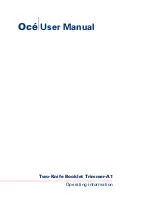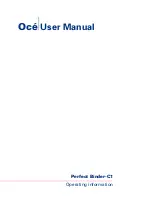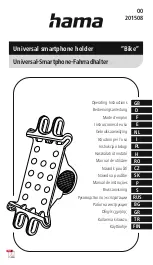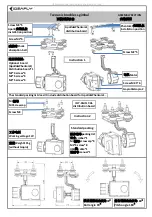
Li.ONESS Batteries
| Operation, Safety and Installation Manual
6
EN
2. Safety Related Topics
The instructions in this document may only be
performed by qualified technical specialists. The
technical specialist must have at least the following
qualifications:
•
Training at the installation of electrical equipment.
•
Training at the installation and operation of
Electrical equipment and batteries.
•
Training at handling hazard materials such as
Lithium batteries during transportation, storage
and commissioning.
Personnel assembling Li.ONESS modules should
adhere to the following recommendations:
•
All jewelry should be removed to prevent short
circuiting the battery.
•
Appropriate personal protective equipment should
be worn.
•
Work surfaces should be non-conductive.
•
Loose wires should not be stripped until they are
ready for termination.
•
Li.ONESS modules cannot be lift by hand during
installation process.
2.1 Electrical Shocks and Burns
Multi-cell battery systems can attain high voltage
and/or currents.
Do NOT touch uninsulated
batteries, connectors or terminals. To prevent
serious electrical shock & burn, use
EXTREME
CAUTION when working with the Li.ONESS system.
•
Always wear protective clothing and use
nonconductive or insulated tools when working
with ANY battery system.
•
Remove all jewelry that could produce a short
circuit.
BEFORE working on the system:
1. Disconnect ALL loads and power sources to
the battery. Use appropriate lockout/tagout
procedures.
2. If working on an assembled battery system,
sectionalize (interrupt the battery in sections) into
safe working voltage levels.
3. Check the battery system grounding. Grounding
of the battery system is NOT recommended.
However, rack grounding is recommended.
IF BATTERY SYSTEM IS UNGROUNDED
(system is NOT grounded):
1. If an unintentional ground develops within
the system, an increased shock hazard exists
between the terminals and ground.
2. If a second unintentional ground develops within
the already unintentionally grounded system, a
short circuit may occur and cause explosion or
fire.
Therefore, should you be required to work on a
grounded battery system, make sure that you use
the correct safety precautions, equipment and
clothing.
IMPORTANT: If you have ANY question concerning
safety when working with the battery system,
contact your local Systems Sunlight sales/service
representative to clarify any of the noted safety
precautions.
2.2 Battery Shipment Inspection
General
Precautions have been taken to pack the cells/
battery modules for shipment to ensure its safe
arrival. However, upon receipt, you should inspect
for evidence of damage that may have occurred
during transit.
Visible External Damage
IMMEDIATELY upon delivery (while the carrier
representative is still on-site), inventory all materials
against the Bill of Lading and inspect for visible
external damage.
Check material quantities received against the Bill of
Lading, including the number of battery pallets and
the number of accessory boxes.
Note any:
- Damage to packing material







































